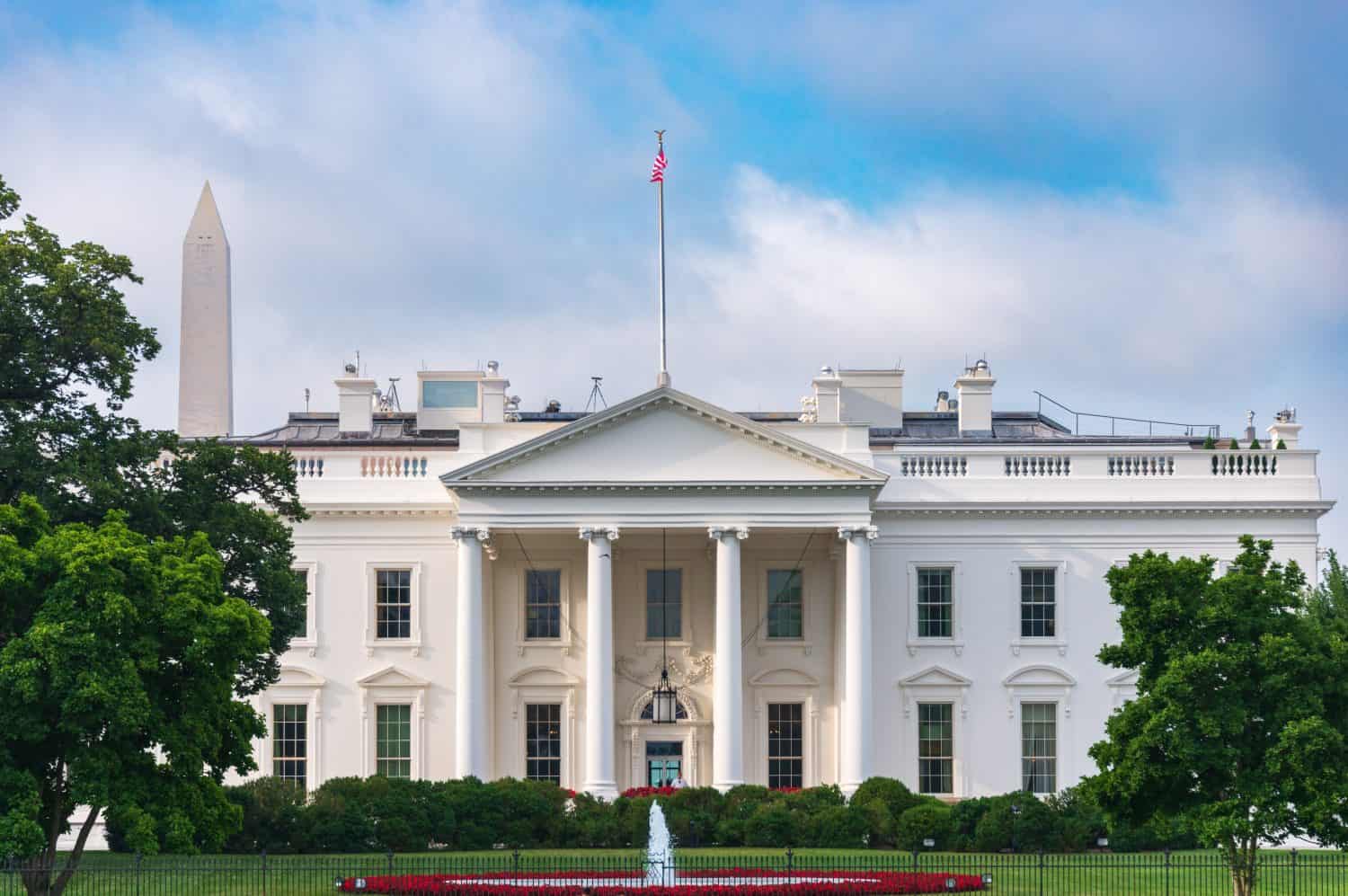
American voters will go to the polls on November 4, 2024, in one of the most consequential presidential elections in modern history. The choice the American public makes in November will have a global impact. The outcome of several geopolitical disputes may well rest on this election’s outcome. This article will look at one area of sharp disagreement between the two candidates: American support for Ukraine.
Why This Matters
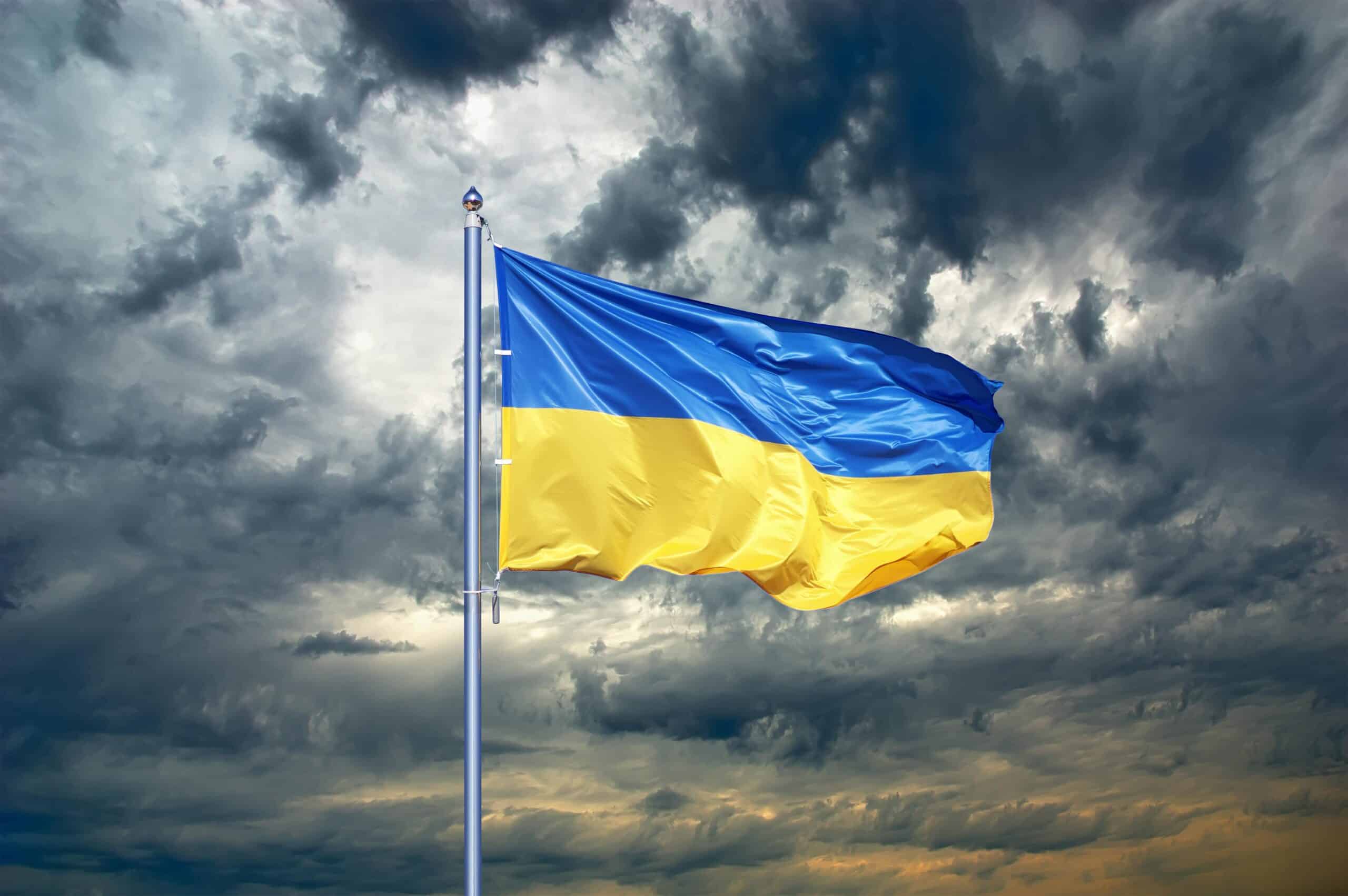
When Russia invaded Ukraine in 2022, the United States moved quickly to provide military aid with four bills passed in the first year. However, political bickering since the midterms has slowed American aid to Ukraine. The 2024 election will have a huge bearing on how that conflict may ultimately end.
Historical Context

The American public tends to be skeptical about the United States taking sides in foreign disputes. Throughout history, a significant portion of the American people favored isolation and staying out of conflicts on the other side of the world. Woodrow Wilson ran for re-election in 1916 and touted his record of staying out of World War One. The war remained controversial even when heavy-handed tactics were employed against its critics.
World War Two was much the same. The American public did not want to get involved in Europe’s affairs, though there was general support for providing aid to Britain. It was only after Pearl Harbor that the American people supported intervention in Europe and the Pacific. Public support for more recent conflicts was undermined by a lack of progress rather than by any major battlefield losses.
American involvement in Ukraine broadly follows this historical pattern. Support has waned and will likely dwindle further the longer the conflict continues. If victorious in 2024, Kamala Harris faces an uphill battle to convince the American people to stay the course in Ukraine.
Kamala Harris And NATO
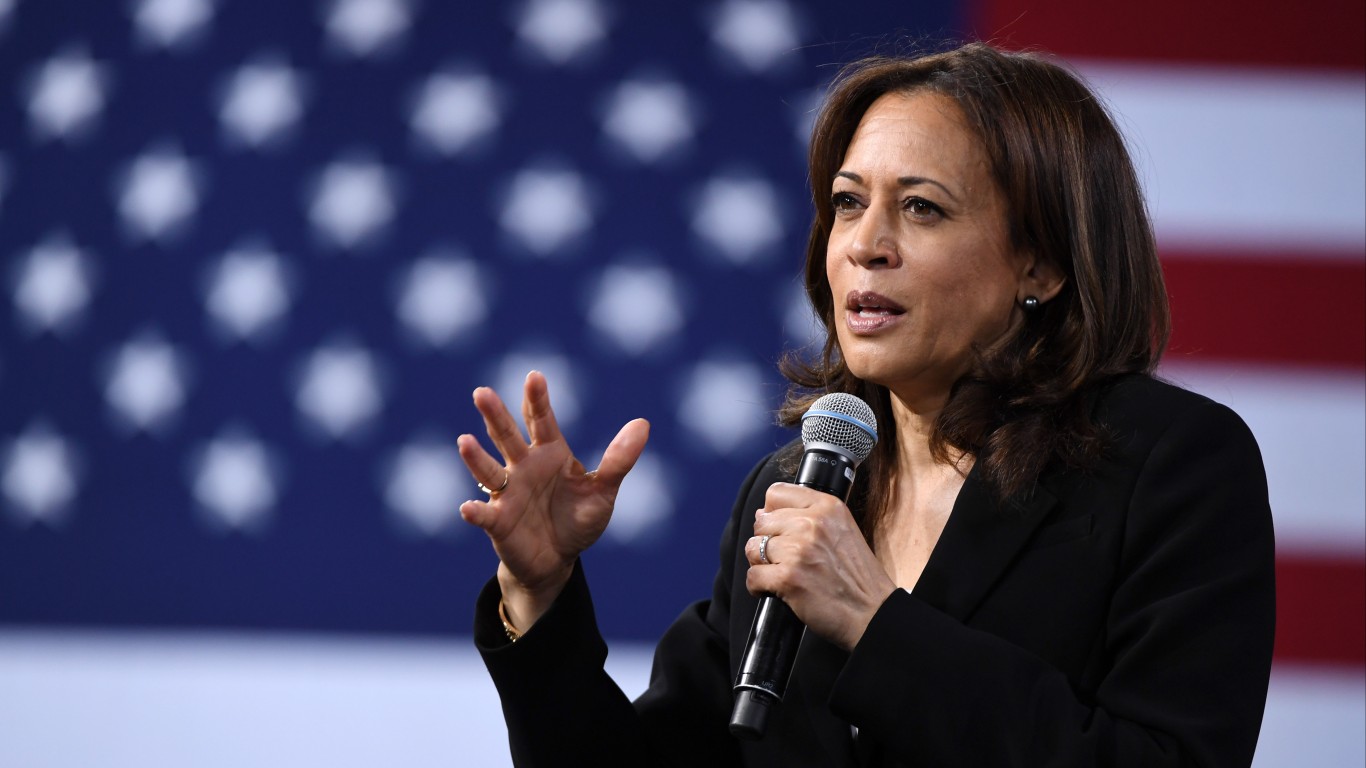
In 2020, the Biden-Harris ticket presented a stark contrast to Donald Trump’s well-documented NATO skepticism. Biden ran on a platform of returning to normalcy and rebuilding alliances damaged by Trump’s time in the White House. At a security conference in Munich in 2022, Vice President Kamala Harris delivered a clear statement of support for the alliance and honoring its terms:
As a defensive alliance, we have deterred acts of aggression against NATO territory for the past 75 years. And today, let me be clear: America’s commitment to Article 5 is ironclad. This commitment is sacrosanct to me, to President Biden, and to our entire nation.
If elected president, Kamala Harris will continue in a similar vein to Joe Biden. The current president noted the progress NATO members made in reaching the spending goals proposed in 2014. In 2021, only nine members spent 2% or more of their GDP on defense. As of August, 2024, that number is now 23. A clear majority of the 32 members. A Harris presidency will most likely follow Biden’s lead regarding Europe and NATO.
European Support
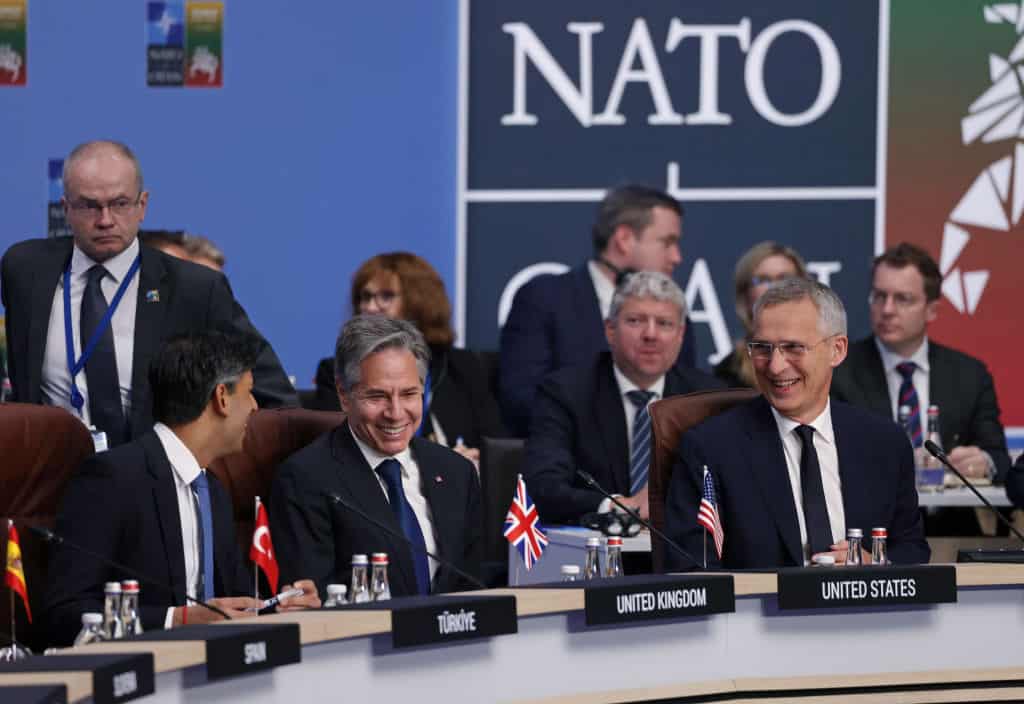
Support from Europe has markedly increased since 2023, especially with Germany and Nordic countries. French President Emmanuel Macron has made some of the most bellicose statements from a European leader, but his comments have not yet been backed up with major support. As well as providing material support to Ukraine, the United States can act as a restraining influence on its NATO allies to prevent the conflict from escalating. Donald Trump seeks to take more of a backseat in European affairs while a Harris administration would take a leading role in Eastern Europe.
A spate of long-term security deals with European nations shows that Europe is in it for the long haul. However, European arms manufacturing lags far behind the United States and there’s little prospect of bridging that gap in the short or even medium term. There’s little doubt Harris would continue Biden’s full-throated support for Kyiv, but she will also have to overcome the same political problems standing in the way of further aid.
Political Considerations

It’s not just the presidency on the line in November, the entire House of Representatives and 33 Senate seats are in play. These races will have a huge bearing on what a Harris presidency can achieve. Depending on overall turnout, the Democrats have a good chance of retaking the House. The Democrats underperformed in New York in 2022, but redistricting in the Empire State could see a more favorable outcome in 2024. New York’s 22nd district is now one of the most vulnerable Republican-held seats in the country. Similarly, Alabama’s court-ordered revision to its congressional map will create a majority-Black district which the Democrats are likely to pick up.
However, the forecast for the Senate isn’t nearly as rosy for the Democrats. With Joe Manchin retiring, West Virginia is a certainty to flip to the Republicans. There are several other seats the GOP could pick up including Arizona, Michigan, Montana, Nevada, and Ohio. While losing the Senate will make passing any domestic legislation difficult for the Harris administration, aid packages to foreign allies might still be possible. In April 2024, 22 Republican Senators broke with their party to back a substantial aid package for Israel, Taiwan, and Ukraine. Harris’s choice of running mate could prove invaluable in the wheeling and dealing needed to get an aid package through Congress.
Tim Walz represented Minnesota’s 1st District from 2007-2019 where he was one of the most bipartisan members of the House. Additionally, as Governor of Minnesota, he presided over a divided legislature in his first term. His appeal to rural voters could also unlock areas the Democrats traditionally struggle in.
Potential Outcomes
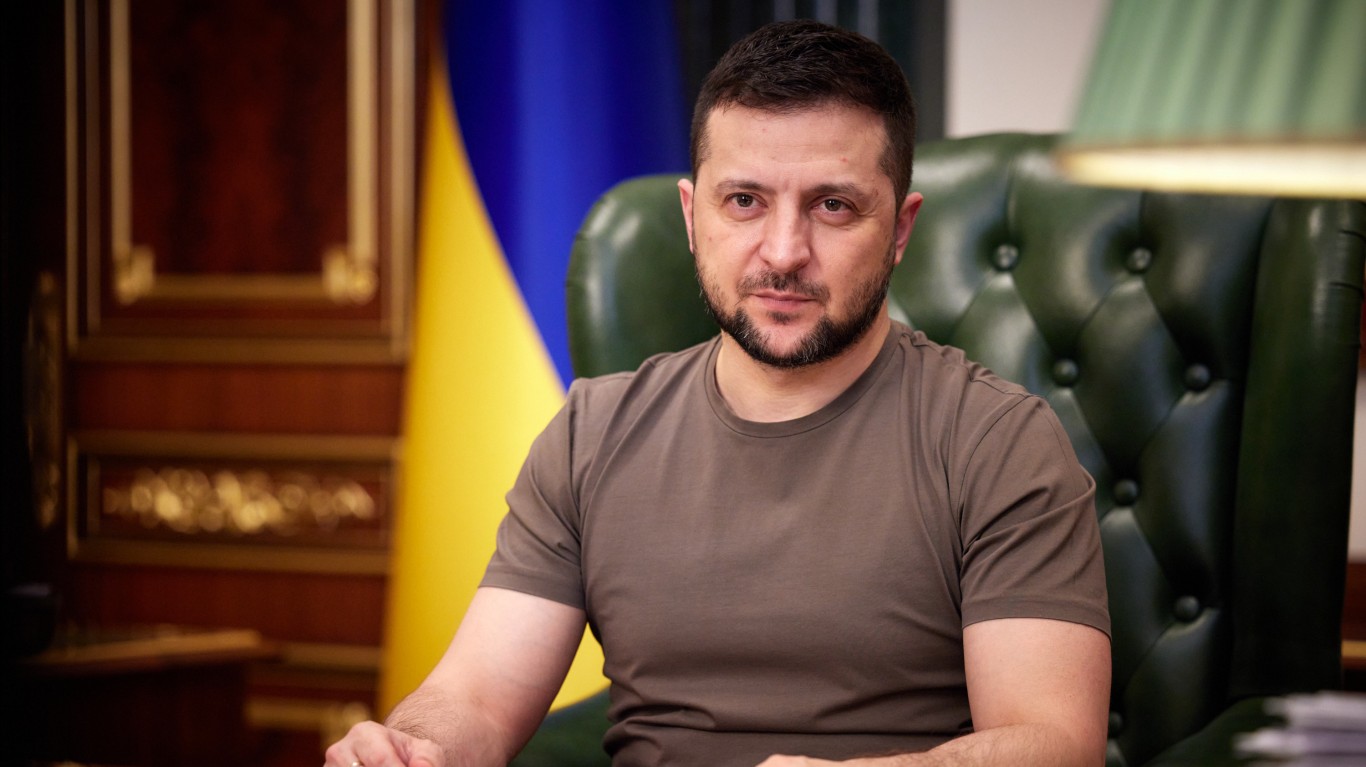
Kamala Harris and Volodymyr Zelenskyy do not have an especially warm relationship. As vice president, Harris has met Zelenskyy several times but she hasn’t yet traveled to Ukraine. There is some lingering friction over the initial response to the build-up of Russian forces on the border in 2022. A Harris presidency would first have to overcome political obstacles at home before building bridges abroad. If the political hurdles at home are overcome and the flow of military aid resumes, there’s still no guarantee of a favorable outcome for Ukraine. Still, if the United States and Europe step up, Ukraine at least has a chance.
Russia pivoted toward a strategy of attrition and the appointment of Andrei Belousov, an economist, as Defense Minister indicates Moscow’s long-term approach to the conflict. So even a substantial new round of military aid to Kyiv from Europe and the United States will not have an immediate impact. Ukraine’s desire to liberate all the Russian-occupied territory is a tall order and not currently possible given the mismatch in artillery. If that shortfall is addressed and Kyiv inflicts enough casualties and material damage, Russia might be compelled to accept a deal.
It will be immensely difficult to convince Zelenskyy to let go of any territory but the United States could help broker a workable peace treaty. Given the troubled history between the two nations, Ukraine will need a strong guarantee against future Russian aggression. Rubber-stamping Ukraine’s admission into NATO would help but that would be a tough sell for Putin. The Harris administration would certainly have its work cut for it to get any deal over the line.
Conclusion
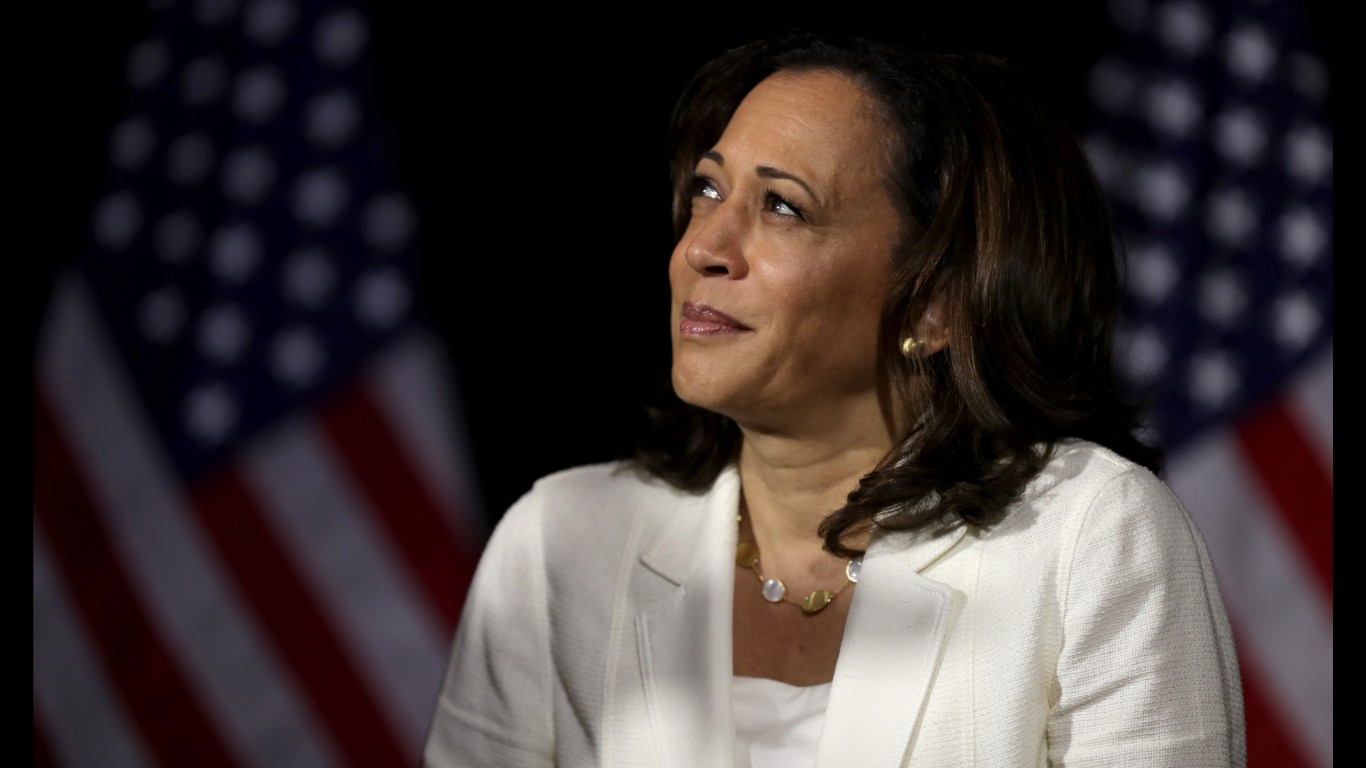
If elected president, Kamala Harris’s approach to Ukraine won’t deviate far from Joe Biden’s. Like her predecessor, she has expressed a commitment to NATO and a strong desire to support Ukraine. The down-ballot elections will ultimately determine how much of her agenda gets through Congress. With the odds stacked against the Democrats retaining the Senate, she will have to work with Republicans to get any aid packages passed.
Fortunately for Harris and Ukraine, Senate Republicans seem more amendable to aiding Ukraine than their House colleagues. With American and European support, Ukraine has hope for a favorable peace deal. Still, it will not come overnight and the patience of the American public will be sorely tested. If the Harris administration can stay the course, Ukraine has a chance. But only a chance.
Take Charge of Your Retirement In Just A Few Minutes (Sponsor)
Retirement planning doesn’t have to feel overwhelming. The key is finding expert guidance—and SmartAsset’s simple quiz makes it easier than ever for you to connect with a vetted financial advisor.
Here’s how it works:
- Answer a Few Simple Questions. Tell us a bit about your goals and preferences—it only takes a few minutes!
- Get Matched with Vetted Advisors Our smart tool matches you with up to three pre-screened, vetted advisors who serve your area and are held to a fiduciary standard to act in your best interests. Click here to begin
- Choose Your Fit Review their profiles, schedule an introductory call (or meet in person), and select the advisor who feel is right for you.
Why wait? Start building the retirement you’ve always dreamed of. Click here to get started today!
Thank you for reading! Have some feedback for us?
Contact the 24/7 Wall St. editorial team.
